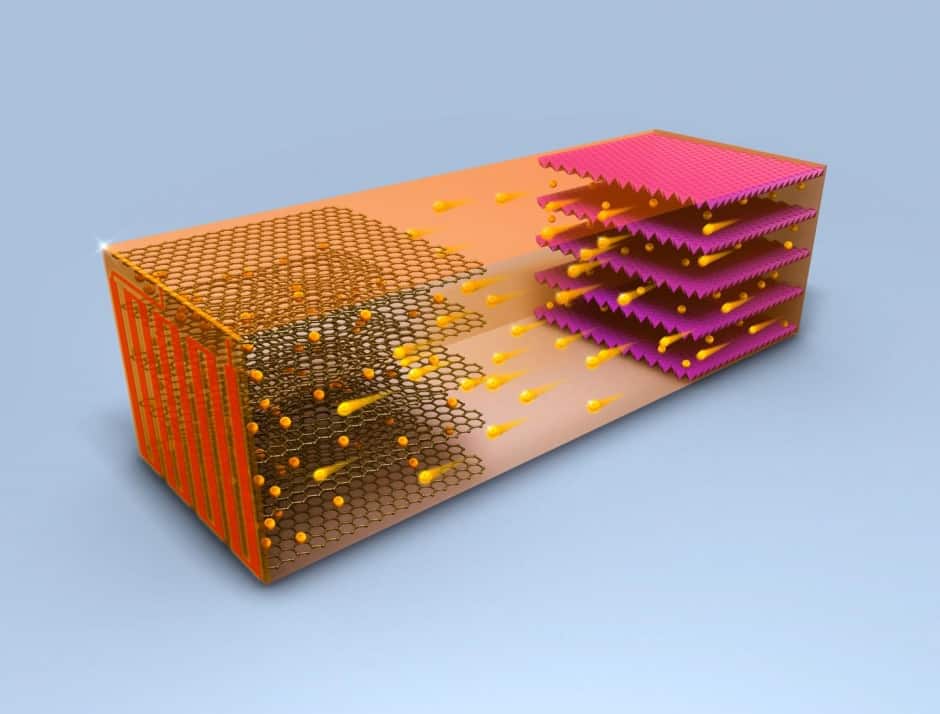Self-heating battery promises to make electric vehicles climate-immune
Penn State self-heating battery can charge rapidly even in frigid weather conditions

Lithium ion batteries do not like the cold. Below 10°C, conventional LI-ion batteries cannot be charged rapidly, which is a major problem for electric vehicles in many regions. In Scandinavia, electric vehicles have a small heater installed in the battery compartment which can be plugged in at the charging point; the take-up of EVs in California is notably larger than that in Minnesota and Canada.
The Penn State team, led by director of the electrochemical engine centre Chao-Yang Wang, had briefly developed a battery that could self heat to avoid below-freezing power drain. It is now using the same principle to allow batteries to recharge 15 minutes at a rapid charging station, even when the ambient temperature dips to -43°C.
The battery uses a thin nickel foil with one end attached to the negative terminal and the other extending outside the battery to create a third terminal. A temperature sensor attached to a switch causes current to flow through the nickel when it detects ambient temperatures below around 25° C. Electrical resistance heats up the foil and warm the inside of the battery. Once the temperature rises above room temperature, the switch automatically diverts the current to charge the battery. This means that charging stations do not have to be replaced, Wang said. “Control of heating and charging is within the battery, not the chargers."
Register now to continue reading
Thanks for visiting The Engineer. You’ve now reached your monthly limit of news stories. Register for free to unlock unlimited access to all of our news coverage, as well as premium content including opinion, in-depth features and special reports.
Benefits of registering
-
In-depth insights and coverage of key emerging trends
-
Unrestricted access to special reports throughout the year
-
Daily technology news delivered straight to your inbox










Water Sector Talent Exodus Could Cripple The Sector
Maybe if things are essential for the running of a country and we want to pay a fair price we should be running these utilities on a not for profit...